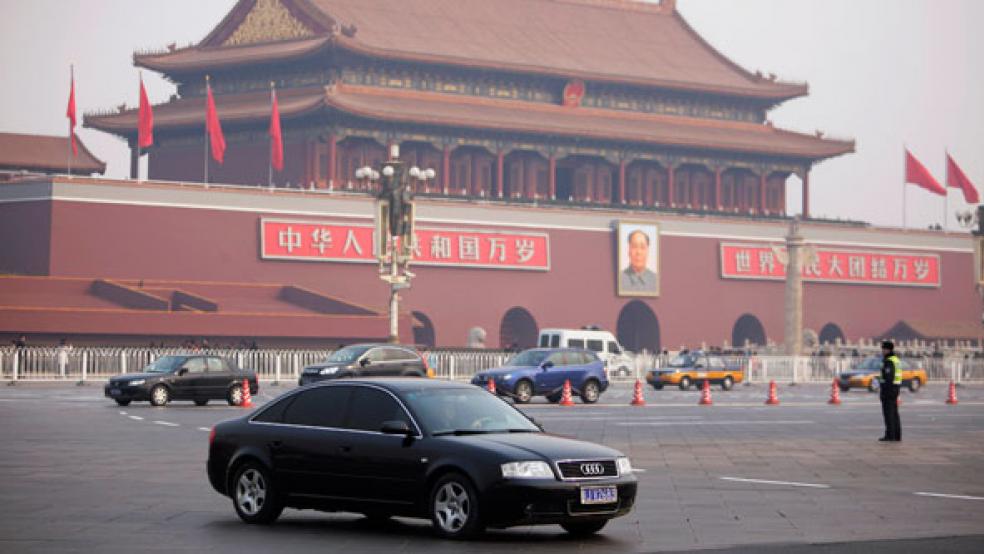Investors looking to tap into the growth of a consumer economy in China have tended to flock to companies like Yum Brands (YUM), which is intent on ensuring that every citizen from Beijing to Guangzhou and as far west as Urumqi has easy access to Kentucky Fried Chicken.
But there’s another part of the Chinese consumer story; a more upscale dimension. As of last year, China had more than a million millionaires, up some 30 percent from the previous year – and not only do they love to shop for everything from luxury cars to designer handbags, they adore brand names like Louis Vuitton and Chanel. The Boston Consulting Group figures that last year sales of luxury fashion products soared 33 percent to $40 billion; by many estimates, the country will become the largest luxury market in the word by 2020, in terms of sales.
Now Neiman Marcus Group (NMG) plans to bring more of those coveted designer products to Chinese consumers, snapping up Glamour Sales Holding Inc., a Chinese fashion website. The luxury retailer’s goal is to use that online presence to convince the Chinese – who love to stroll the fancy new malls in Shanghai and other cities, and finger the goods – to go online to acquire their next pair of Gucci sunglasses or Prada shoes.
Indeed, China is just the icing on the cake when it comes to luxury retailers, which have ridden out the recent recession with considerable panache. The very rich may become slightly less rich, but may still be willing to lay out several hundred dollars for the latest “must have” handbag or accessory, or several thousand for each item in a new wardrobe each season. So far this year, luxury retailers have reported some of the strongest sales in the entire sector: Saks, for instance, saw same-store stales jump 6.6 percent in February, while Nordstrom’s (JWN) same-store sales soared 10.2 percent.
Coach (COH) is another new entrant into China; it recently reported that same-store sales there grew at a double-digit rate, more than double the rate analysts expect its total same-store sales to grow this year. Now it is rolling out an array of new products, including men’s belts and wallets. Citigroup and Argus Research recently initiated coverage of the company and put a “buy” rating on the stock; despite the fact that the stock has rallied to $78 a share this year, the median analyst projects a $80 price target while the high end of the range is $93 a share.
U.S. companies aren’t the only option for investors looking for a way to capture some upside from the spending power of all these ultra-affluent Chinese consumers, however. For those willing to take on a little more risk, there are companies like VIPShop. The upscale online retailer is slated to go public on the New York Stock Exchange today, less than a year after scoring what was then the single largest series B venture capital infusion into a Chinese B2C online company from funds including the blue-chip Sequoia Capital; its revenues jumped sevenfold last year over 2010. VIPShop – in contrast to Coach or LVMH (LVMH) – has yet to report a profit, but to some investors, that may be small potatoes, when offered the chance to acquire a stake in a homegrown company that could emerge as the Chinese equivalent of Saks (SKS).
Occupy Wall Street rhetoric notwithstanding, it still seems to make sense for the 99 percent to put their investment dollars into the retailers patronized most heavily by the uber-wealthy 1 percent.






